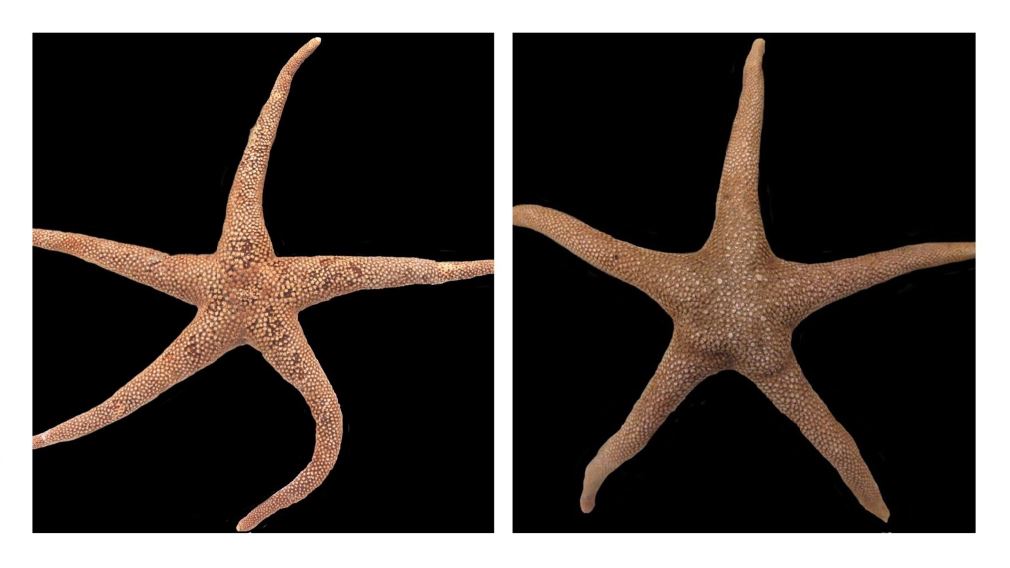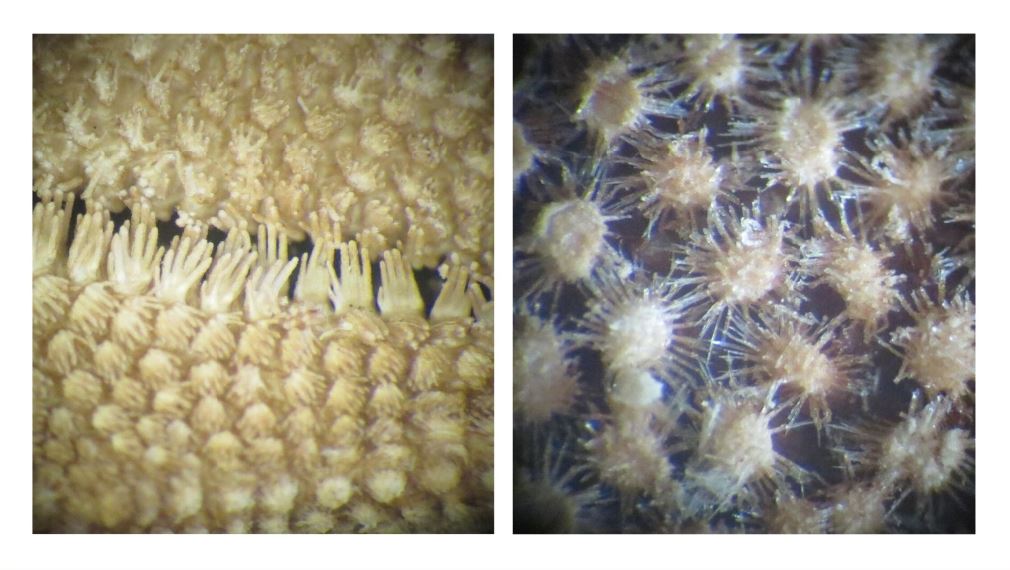
New sea star species have been discovered in the waters off Balut Island in Davao, southern Philippines.
The discovery of the two new marine species and their recording on the California Academy of Science was announced by the National Museum of the Philippines on April 3, 2020.
The two sea stars were given the scientific names Hyalinothrix diversus Mah & Fujita, 2020 and the Hyalinothrix vitrispinum Mah & Fujita, 2020, recorded off Balut Island at depths of 150 to 250 meters.
Hyalinothrix diversus species was named from the Latin “diversus“ for displaying an unusually diverse morphology of the plates on the body surface, known as “paxillae”. The Hyalinothrix vitrispinum derived from the Latin “vitrum” for glass or glassy and “spinum” for the elongate glassine spines covering the surface plates present on this species.
The holotypes of these new species have National Museum of the Philippines catalogue numbers NMEC 6915 and NMEC 6916 respectively. Paratypes of this species are deposited in the California Academy of Science Invertebrate Zoology Department, San Francisco, California.
The Philippine sea stars were described as variably shaped and elongate glassine spined by Dr. Christopher Mah of the Department of Invertebrate Zoology, National Museum of Natural History, Smithsonian Institution, Washington D.C. and Dr. Toshihiko Fujita of the National Museum of Nature and Science, Tsukuba, Japan in the Zootaxa Article “New species and occurrence records of Japanese Solasteridae and Ganeriidae including a new species of Paralophaster from the North Pacific with an overview of Hyalinothrix”.

In 2011, during the California Academy of Sciences 42-day expedition in Luzon Island and its surrounding waters, scientists discovered more than 300 varieties of species.
“The Philippines is one of the hottest of the hotspots for diverse and threatened life on Earth,” says Dr. Terrence Gosliner, Dean of Science and Research Collections at the California Academy of Sciences and leader of the 2011 Philippine Biodiversity Expedition.
“Despite this designation, however, the biodiversity here is still relatively unknown, and we found new species during nearly every dive and hike as we surveyed the country’s reefs, rainforests, and the ocean floor. The species lists and distribution maps that we created during this expedition will help to inform future conservation decisions and ensure that this remarkable biodiversity is afforded the best possible chance of survival,” he added.
In 2015, scientists from the California Academy of Sciences discovered more than 100 species.
“The Philippines is jam-packed with diverse and threatened species—it’s one of the most astounding regions of biodiversity on Earth, despite this richness, the region’s biodiversity has been relatively unknown. The species lists and distribution maps that we’ve created during our years surveying the country’s land and sea will help to inform future conservation decisions and ensure that this incredible biodiversity is afforded the best possible chance of survival,” says Terry Gosliner, PhD, Senior Curator of Invertebrate Zoology at the California Academy of Sciences.
The California Academy of Sciences is a renowned scientific and educational institution dedicated to exploring, explaining, and sustaining life on Earth.
Five new marine species from the Philippine waters were officially recorded by the California Academy of Sciences (Cal Academy) among the new species discovered from around the world in 2019.
The UST science research team found exciting results as they closely looked at a local codium seaweed species used in a local Ilocano dish known as “pukpuklo” and discovered its anti-cancer properties.
A newly discovered mud cleaner worm species found in Iloilo in the Western Visayas islands have been found to have good environmental impact for cleaning coastal and fishpond areas as well as having potential for an economical and sustainable food source for crab and shrimp breeders and farmers.
SEND CHEERS in the comments below to the people of Davao for the new sea star species discovered off Balut island!
Want to know how to be a Proud Pinoy? Like, Follow, Subscribe to GoodNewsPilipinas.com and our socials Facebook, Twitter, Instagram, Good News Pilipinas! TV on YouTube, for new story notifications and e-mail newsletters for updates on more Filipino Pride stories.










